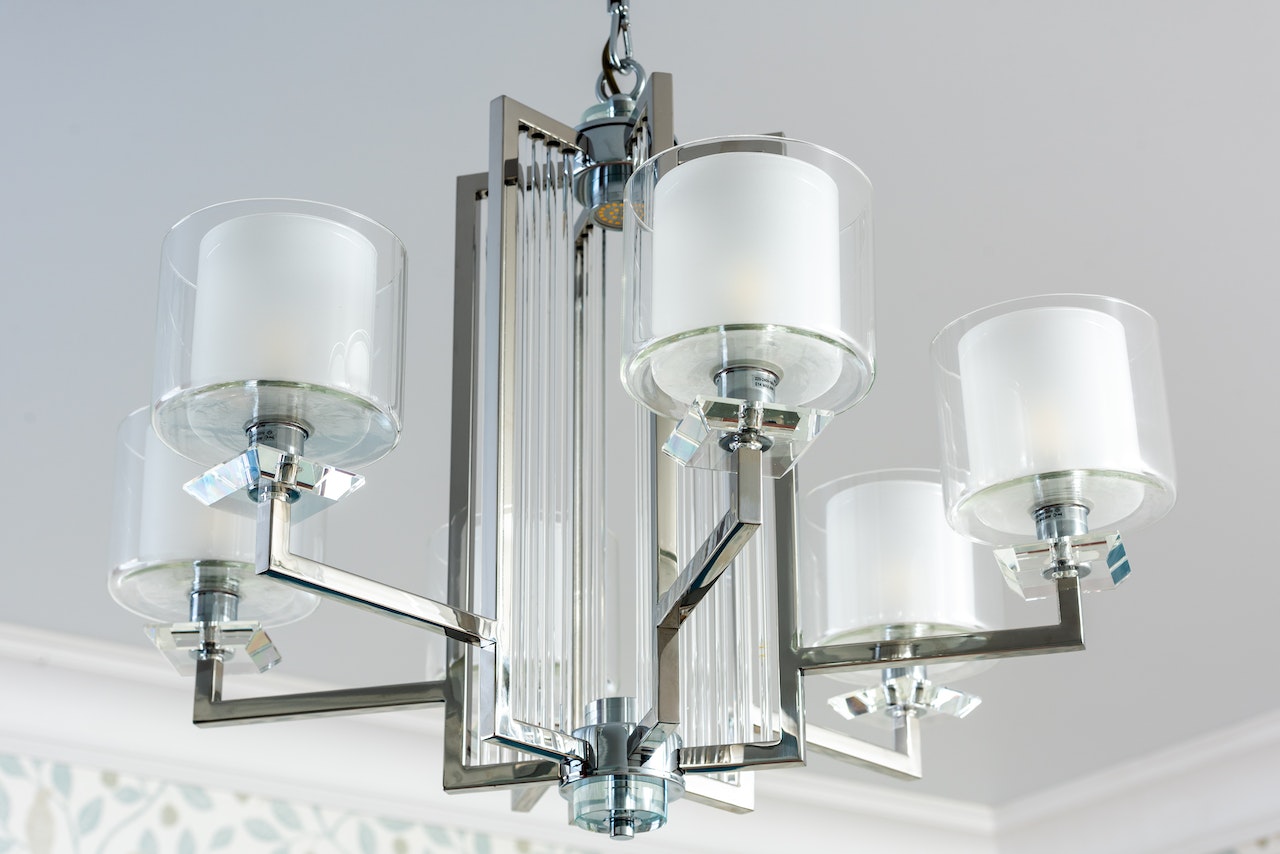Convenience, energy savings, and safety are just a few of the ways in which modern smart homes have altered our daily routines. Because to advancements in artificial intelligence (AI) and the Internet of Things (IoT), smart home gadgets now allow for remote regulation of climate, illumination, entertainment, and safety systems in the dwelling. The influence of smart homes on automation and control of the home is predicted to increase as the globe becomes more interconnected and iot technology advances.
In this piece, we’ll look at how smart houses have altered the landscape of automated and controlled dwellings. The advantages of having a smart wall switch will be discussed, along with the history of smart home technology and how it has changed home automation and control. We will also address the future of smart homes within the context of home automation and control, as well as evaluate some of the problems and issues that have been linked to them.
What is Home Automation and Control?
The term “home automation and control” encompasses the use of electronic devices to regulate and streamline a home’s operational processes. Controlling the environment in terms of parking lot lighting controls, temperature, security, and even entertainment might fall under this category. Sensors, controllers, and software applications make up the bulk of home automation and control systems, all of which work together to give the user a streamlined and natural experience.
The Impact of Smart Homes on Home Automation and Control
The rise of “smart houses” has had a profound effect on home automation and control, making it much simpler and more intuitive for individuals to take charge of their dwellings. Now more than ever, thanks to advancements in smart home technology, homeowners can use their phones or voice commands to regulate and automate a wide range of in-house systems and processes.
Smart Lighting
There are many different types of home automation and control systems available, but one of the most common is a smart lighting system. Remotely adjusting the brightness of your home’s lights, as well as setting schedules for when they turn on and off, is now possible with the help of smart lighting systems. Homeowners can save money on their monthly energy bills and cut down on their energy consumption by automating their lighting systems.
Smart Thermostats
Another common automation and control system is the smart thermostat. Remote temperature control, programmable schedules, and alarms triggered by exceedingly hot or cold temperatures are all made possible by these technologies. In addition to adapting the temperature to the homeowner’s routine and tastes, a smart thermostat can learn from them over time.
Smart Security Systems
The installation of high-tech security systems in private residences has risen in popularity in recent years, since they provide their users with a sense of safety and comfort unlike anything else. Sensors, cameras, and other remote-controllable and -monitored monitoring equipment are the backbone of most modern smart security systems. Smart security systems allow homeowners to be notified of an intrusion, keep an eye on their property even when they’re not there, and adjust settings from afar.
Smart Entertainment Systems
Entertainment systems that take advantage of the connectivity and processing power of a smart home’s other features are becoming increasingly common. Smart Televisions, streaming gadgets, and wireless audio systems that can be operated by voice or a mobile device are the mainstays of today’s state-of-the-art home theater systems. Smart home theater systems allow homeowners to stream their favorite shows and movies from any room in the house and to operate their system by simply speaking.
The Future of Home Automation and Control
The potential for greater automation and management of our dwellings is promising, especially as smart home technology develops further. We can anticipate increasingly more sophisticated home automation and control systems in the future, with tighter interoperability between existing technologies.
The application of AI to home automation and control systems is one of the most exciting areas of research. With the help of AI, home automation and control systems may adapt to the individual needs of its inhabitants by studying their routines and preferences.
The addition of smart home technologies to the Internet of Things is yet another area of growth (IoT). The IoT enables interoperability amongst smart home devices, making for a more streamlined and unified experience for homeowners.
Conclusion
Modern home automation and control have been completely transformed by the advent of “smart” homes. Homeowners may save back on expenses and conserve resources by using a single device to manage things like climate control, lighting, and security. With the proliferation of IoT-enabled devices, smart homes can now be even more interconnected and integrated than they already are.
The automation and control of homes have been greatly improved by smart home technology. It’s easier than ever for homeowners to automate mundane jobs and manage their houses from afar thanks to voice commands, mobile apps, and smart speakers. Because of the increased efficiency and reduced waste in both home security and energy use, smart houses are also more beneficial to the environment and the wallet.
It is reasonable to anticipate that, as the state of the art advances, smart homes will become ever more complex and integrated, providing even more benefits to homeowners. The development of “smart houses” promises a future in which our dwellings will be fully networked and automated, making our lives easier and more pleasurable.


